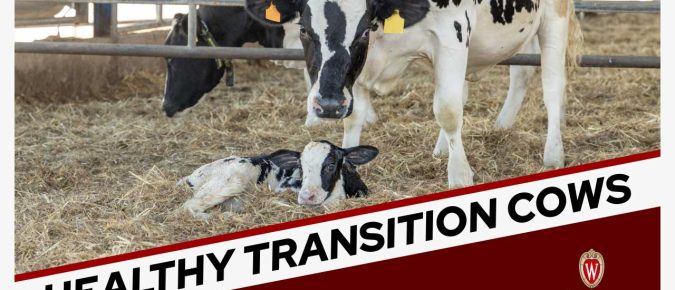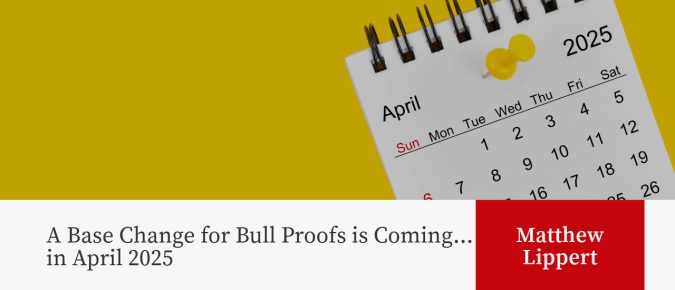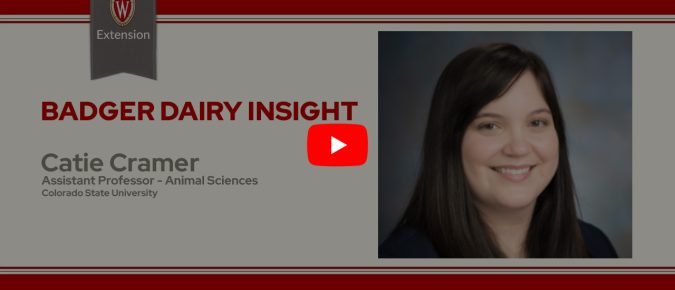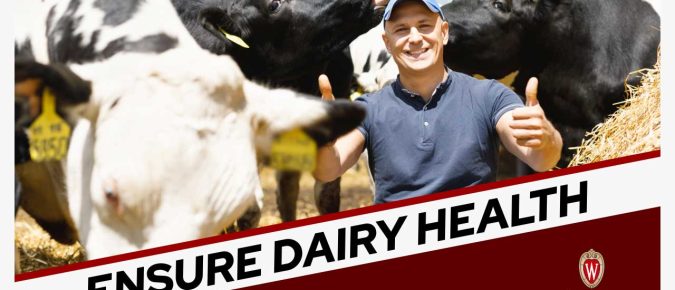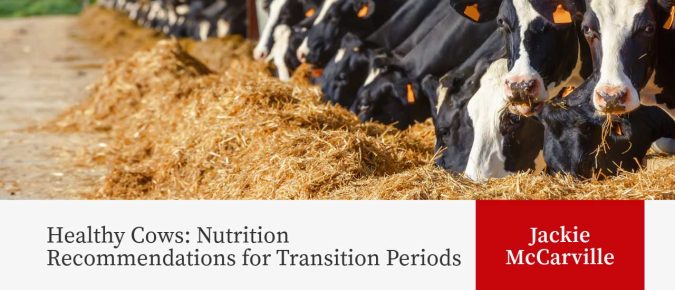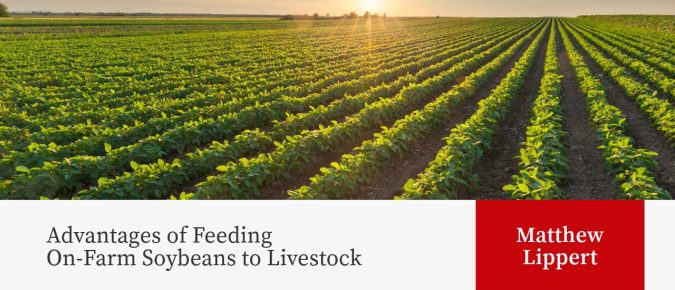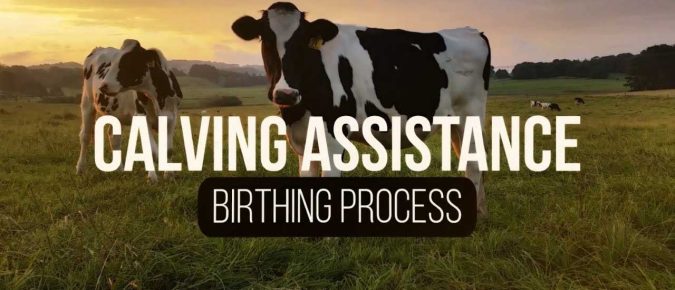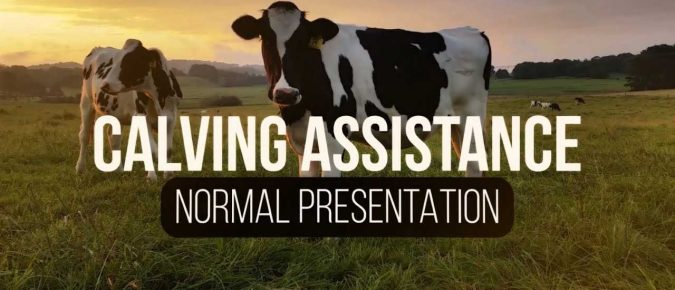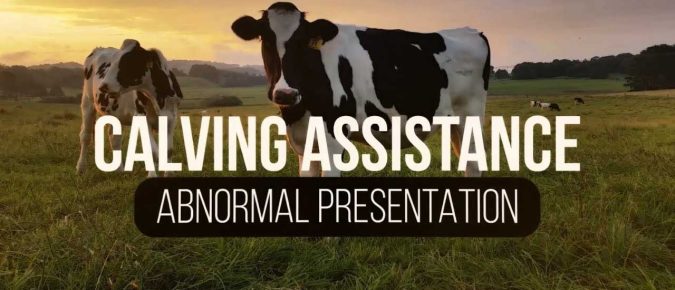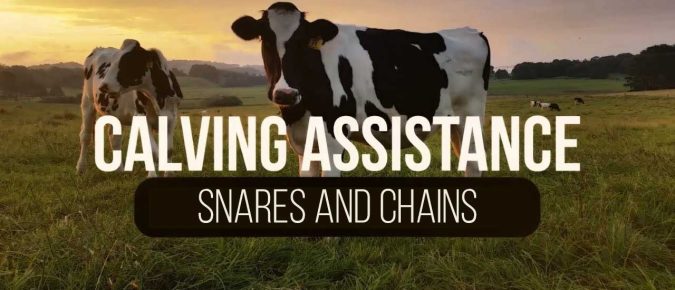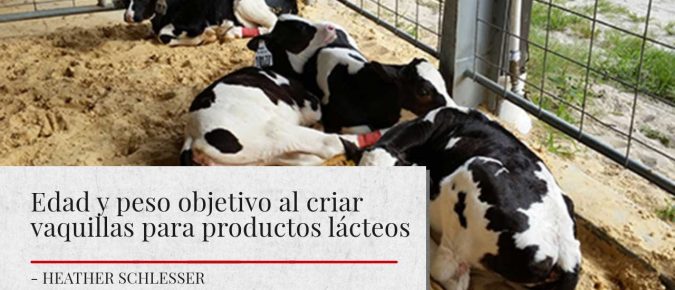Fresh cow diseases such as ketosis, milk fever, displaced abomasum, retained placenta, metritis, and mastitis have a huge impact on the overall health of an animal. In addition to the health of the animal there are other factors including lost milk production, longer days to cycle and get pregnant, plus the cost to treat these fresh cow diseases.
Every five years, bull proofs are updated to reflect genetic improvements. The new base will compare genetics to cows born in 2020, ensuring accurate evaluations.
Dr. Catie Cramer, Assistant Professor in the Department of Animal Sciences at Colorado State University, discusses stressors associated with transport date (WI and US) from a fit-for-transport survey conducted by Colorado State University and offer some ways to mitigate transport stress.
Early detection and treatment of sick cows are essential to minimize negative impacts.
We can manage some metabolic diseases by managing dry matter intake, nutrient needs, body condition score, and stress during this critical timeframe of the dry cow, transition, and fresh cow periods.
Soybeans are great for livestock feed because they provide a lot of protein and oil. They need to be processed correctly to avoid digestion issues and maximize benefits.
In this video, Matheus Pupo, a passionate PhD student at UW-Madison, dives into innovative nutritional strategies to cut down methane emissions in lactating cows. Chuck Nicholson, an agricultural economist from UW-Madison, breaks down the financial impact of feeding 3-NOP on income over feed costs in the U.S.
The birthing process in cattle consists of three stages: cervix dilation, calf delivery, and placenta delivery, each requiring monitoring for potential intervention.
Understanding calf presentation during delivery is crucial for safe assistance; examine for anterior or posterior positions and seek veterinary help if needed.
Abnormal calving presentations in cattle require careful examination and manipulation to ensure safe delivery.
Properly using snares and chains is essential for safely assisting in calf delivery, ensuring correct application to avoid harm.
La cría de vaquillas es una de las áreas más costosas de la granja. Desde el día en que estos animales tocan el suelo hasta que paren, son una carga monetaria para la granja. Por lo tanto, hacer que estos animales parieran de la manera más eficiente posible tiene sentido.

